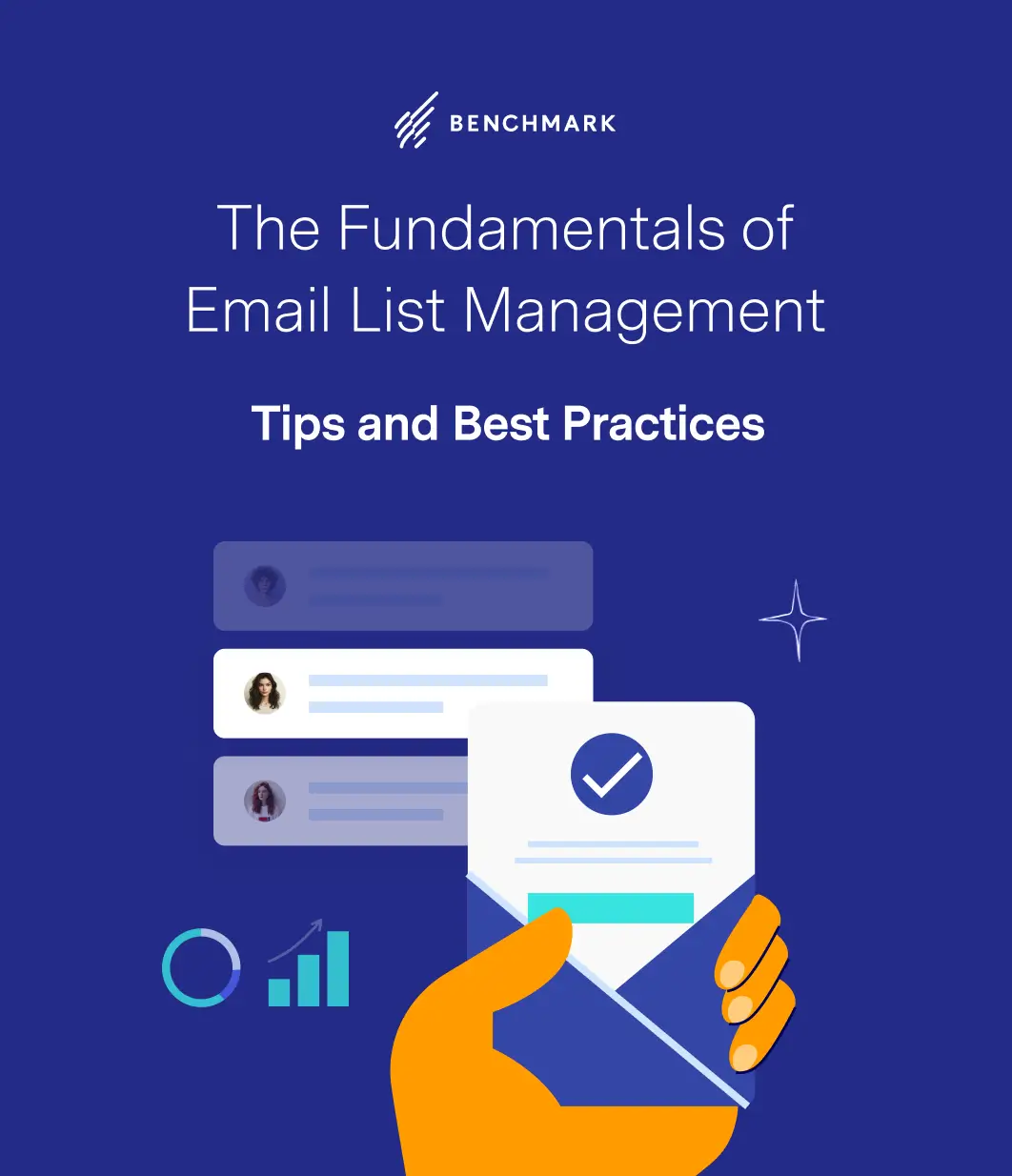
Through the years, Google has been updating its algorithm to deliver personalized results to web searchers. Each update often prompts digital marketers to change strategies to rank. Amidst all changes, backlinks have remained a vital ranking signal.
There’s no doubt backlinks will continue to have a significant yet measurable impact on ranking. And not just ranking. As Farzad Rashidi — co-founder of Respona — states, “Building links on quality websites opens the door for new opportunities and relationships.”
One such opportunity is the effectiveness of growing your email list at an early stage. Used effectively, backlinks can spread news about your brand, driving early organic traffic. In this article, we’ll show you how to leverage that traffic growth to build your email list.

What Are Backlinks?
Backlinks, also known as inbound links or incoming links, are links on third-party websites that point users to your website.
Backlinks are indispensable for SEO. Search engines, such as Google and Bing, regard them as a “stamp of approval” between two websites. They are an indicator of how trusted and popular your website is with users, and they influence online ranking.
When it comes to building links, quality and quantity matter. According to Neal Taparia, Founder of Imagine Easy Solutions, “Building links is about hitting the golden middle.” Strive to strike a balance between the quantity and quality of backlinks. The sweet spot is building high-quality links at a high quantity.
Characteristics of High-Quality Backlinks
Here are some traits of quality backlinks:
- Relevance: A backlink is relevant if the referring domain or page discusses a similar topic or niche. For example, if a digital marketing agency gets two backlinks, one from a pet supplies website and one from Business Insider, the latter is most valuable because of its relevance.
- Authority: A backlink is authoritative if it comes from a page on industry-leading websites. These are websites with high domain authority (DA), those that generate a lot of traffic, and that rank well in SERPs.
- Unique: A unique backlink comes from a page that only refers to you without linking to competitors.
- Natural: A backlink is natural if the referring page has a natural number of links, the anchor text isn’t spammy or branded, and the link itself isn’t sponsored.
Benefits of Quality Backlinks
When you build backlinks that embody these traits, you reap the SEO benefits, including:
- Better ranking: Google sees backlinks as upvotes. The more backlinks you have than your competitor, the more likely your website is to rank for relevant keywords. Websites that outrank competitors have 3.8 times more backlinks than their counterparts.
- Discoverability: There’s a popular belief that Google revisits authority websites more often than new ones. Meaning if you have a backlink from one of the more authoritative websites, chances are Google crawlers will find your domain.
How to Get Backlinks
While the benefits (fruits) of backlinks are easy-picking, planting trees (backlinks) is the most difficult SEO task. So much so that 65% of content marketers dread link building. However, if you’re getting started, don’t fret. Here are some tactics you can use to build backlinks:
1. Leverage Partnerships
Are you linking to a popular website and generating a significant amount of traffic for it? Chances are the owner of that website appreciates the backlink you’ve provided and may jump to the idea of reciprocating the favor.
Look at your top linking websites — sites that have provided you with backlinks in the past. Examine the backlinks: which content did they link to? Reach out to the website owner and share other relevant content pieces from your site that they might want to link to or ideas for new content.
Since the websites have linked to your website before, they most likely are familiar with the quality of content you produce. Chances are they’ll be on board with the idea of content collaboration, which can lead to more partnerships down the line, too.
2. Publish Unique Content
If you’re an authority in your niche, publishing unique content can earn you quality backlinks. For example, if you’re a remote work expert, you could publish a blog post sharing your thoughts on the emerging trends, like “The Great Resignation.” If the content is newsworthy, journalists and remote work bloggers will draw expert quotes from that blog.
Alternatively, you can publish content in an under-served niche. For example, search for a popular niche that doesn’t have many studies or reports published. Cull statistics and data for this niche and flesh them out with unique and interesting stories.
Chances are, when you publish the statistics post, websites will link to it as the source, earning you backlinks.
3. Reclaim Unlinked Mentions
Unlinked mentions are a great source of backlinks, yet only 5.6% use them in their strategies. Jeremy Galante, senior SEO at ClickUp, states that “Brands that will prioritize brand mentions are going to win big.”
Use social listening tools to unearth unlinked mentions. Reach out to the authors of these social posts and request them to link back to your websites. Explain to them that adding a link to the post is a win-win situation. They get to provide a better experience to their followers, and your site gets a crucial backlink.
4. Contribute Expert Quotes
If you’re a subject matter expert, you can be a reliable source for journalists and bloggers. More than 6% of link-building experts claim contributing expert quotes is one of the most effective link-building tactics. Every time you contribute an expert quote, you’ll get a backlink.
Bloggers and journalists are sending requests for expert quotes on platforms like HARO and Help a B2B Writer. Head over to these sites and respond to requests that are within your area of expertise and interest.
5. Create Relationship with Niche Bloggers
This is another great way to build backlinks, and Adam Enfroy — founder of AdamEnfroy.com — offers insights into why it’s so effective. According to him, “Building backlinks is about forging real relationships with people, not websites.”
Niche bloggers have built a community of staunch followers around their blogs. Reach out to these bloggers and offer to write an article, feature in their podcast or webinar, or tender a request for a paid guest post. If they accept your offer, your contribution will earn you a quality backlink.
How to Use Backlinks to Grow Your Email List
22.5% of SEO experts claim overall traffic increase is the biggest indicator of the effectiveness of their link-building strategies.
An increase in traffic is your opportunity to gather new email subscribers. How do you achieve that? There are multiple ways, including:
- Optimize landing pages: Design your landing pages with strong headlines, simple text, compelling subheads, and a CTA to convince web visitors to sign up for updates.
- Add pop-up forms: add pop-ups to the most visited web pages. You can install the form to pop up when a reader opens a page, when they scroll to a certain point or show exit intent.
- Add newsletter signup forms: Add a simple form with the heading “sign up for our eNewsletter” at the end of each blog post.
- Make sure the blog posts being linked are optimized. The links to your site that are being placed on third-party sites will most likely be your high-priority pillar pages or blog posts. Make sure these pages are optimized for email sign-ups by placing forms on them so people can easily join your list. You can even include CTAs to download content, like whitepapers or guides; just make sure you include an option for people to opt-in to your email marketing.
However, you need reliable software to create, implement and manage these effective opt-in website forms. Make sure you check out Benchmark Email and all the lead generation tools we offer to help you get the job done. You can sign up for our free plan here.






